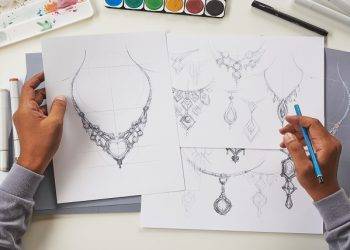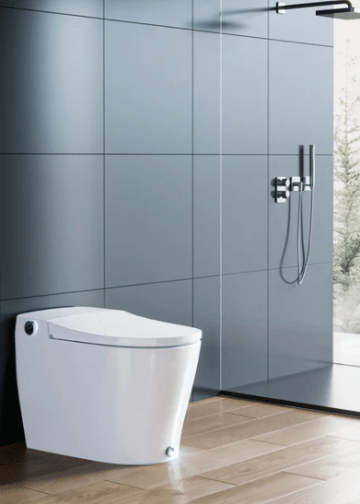When it comes to buying a Diamond, there are four primary characteristics to look for: cut, color, clarity, and carat weight. These characteristics work together to give a diamond its beauty and sparkle. Learn more about these diamond 4 c chart below. Once you have an understanding of the 4C’s of a Diamonds, you’ll be better prepared to make a buying decision.
Cut
Diamonds can be classified as either excellent or poor cuts. The best cuts follow certain formulas that maximize their brilliance. A good cut will be proportional to the diamond’s table diameter and depth. These proportions are determined by the American Gem Society and are based on the average appearance of all diamonds of a particular shape.
A baguette cut is a common diamond shape. This diamond shape was invented by a French baker named August Zang in the early 1930s. It is one of the most popular cuts and can be found in all kinds of fine jewelry. It was first used in the Art Deco and Art Noveau eras. Though a baguette is very popular, it doesn’t have the brilliance of a brilliant diamond.
Color
Color is a very important factor to consider when buying a diamond. Not only does it affect the look of the diamond, but it can also have a huge impact on its price. The GIA (Gemological Institute of America) developed a color grading system for diamonds, which ranges from D for colorless diamonds to Z for diamonds with a noticeable tint.
The most common diamond color is yellow. This is because 99% of diamonds are yellow, and most are off-yellow or very dark yellow. Although these stones are rare, they are the most valuable. The difference between colorless and yellow-tinted diamonds is so significant that marketing gurus have given them names like “cognac,” “coffee,” and “champagne.”
Clarity
When buying a diamond, you may be interested in learning about its clarity. The clarity of a diamond reflects the total number of inclusions it has. The higher the number of inclusions, the lower its clarity grade. On the other hand, a diamond with few visible inclusions will have a higher clarity grade.
When evaluating a diamond’s clarity, look for inclusions of various sizes and types. Smaller inclusions are easy to fix and do not affect the weight of the stone. Internal inclusions, on the other hand, are much more difficult to fix. These imperfections will affect the stone’s clarity and symmetry. Inclusions can also affect the polish of the stone.
The clarity of a diamond is a significant factor when considering its price. A diamond with fewer inclusions is more valuable than one with a lot of imperfections. While this is not a strict rule, it is a good idea to buy a diamond with a high clarity score so you can be confident that the diamond will sparkle.
Carat weight
When it comes to buying diamonds, the carat weight is a critical value factor. Many people have a general understanding of the relationship between carat weight and price. Larger diamonds are generally more valuable, and as a result, their prices will be higher. However, it’s important to note that size is not always synonymous with beauty.
Carat weight is the number that represents the weight of a single stone, and the larger it is, the more expensive it is. Occasionally, Jewelers will use “points” to describe Diamonds that weigh less than a specific carat. One hundred points equals a 1.0 carat Diamond. All four C’s play a role in determining a diamond’s price, so it’s important to understand how they are calculated.
Combination lighting
Lighting for diamonds is critical to their beauty, especially when they are displayed in jewelry cases. The best way to display diamonds in their best light is to use 5000 Kelvin tubular fluorescent color corrected daylight bulbs. Keep in mind that the lighting source should focus on the diamond. It is also important to avoid using other lighting sources, as these can distort the diamond’s color and optical characteristics.
Conclusion
Combination lighting for diamonds is a special technique that combines spotlighting and diffused lighting to maximize the sparkle and depth of a diamond. Two of the most important characteristics of diamonds are the cut and color. The diamond’s color is graded on a letter-grading scale of D to Z.














